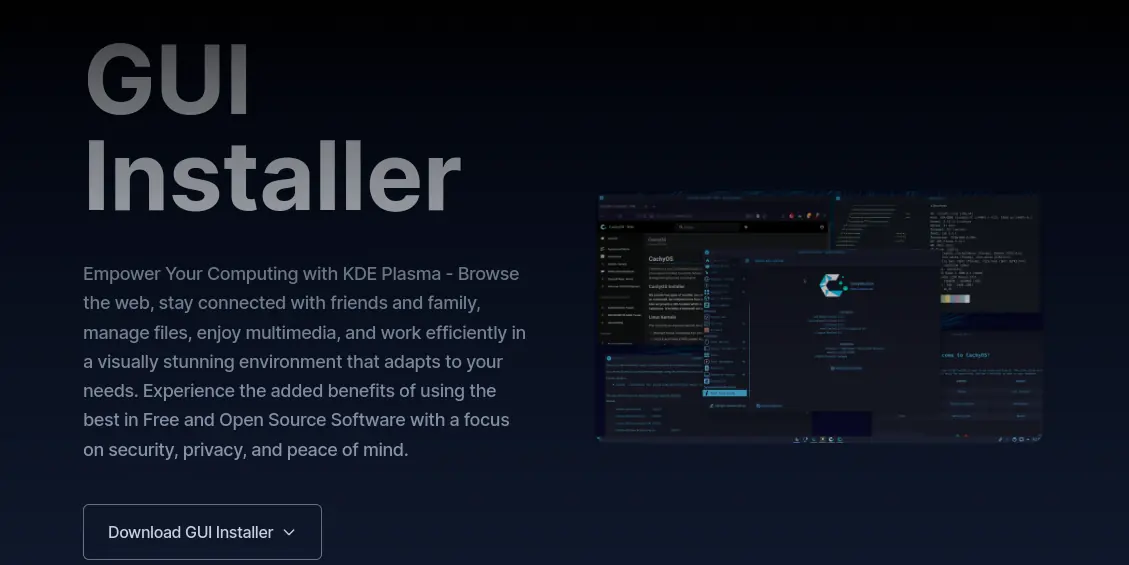Not conting the server, Linux can be divided into primary and secondarry distributions. One of the key identifies of which is which are the user numbers. After all, if a distribution has a huge following, then the developers must be doing something right. As always, there are the exceptions to this rule which, in this case, is openSUSE Tumbleweed. Their userbase is not as big a Fedora or Ubuntu but openSUSE definitely meets the code quality plus, the distribution seems to be growing.
My choice for primary Linux distributions
- Fedora
- Ubuntu
- openSUSE Tumbleweed
Unless something happens, I usually run Fedora Workstation on all of my machines. Using the same distribution makes system adminnistration somewhat easier and perhaps most importantly, it sames me a bit of time.
Like every Linux distribution, sometimes, Fedora has issues. When that happens, I usualy move on to openSUSE Tumbleweed which usually copes with what ever Fedora can’t. For example, my Dell Precision workstation has a monitor hiss when running at 59.9 Hz but this hiss is not present when running Tumbleweed. Searching the usual places does not yield a fix and since I don’t want to use my display at a lower refresh rate than 60 Hz, I opt for Tumbleweed.
Ubuntu is most likely the most used Linux distribtuion and needs no introduction. I use Ubunto mostly on the server where I host a local mirror of all my websites. So far, no complaints.
Perhaps the biggest advantage of running Ubuntu is the fact that there are many quality tutorials which cover pretty much everything I need to do. The same is not true for openSUSE.
Update!
I have just installed Ubuntu 23.04 on my Zephyrus G15 gaming laptop
Virtualization works best on Fedora
To make my setup more efficient, I deploy virtual machines for important tasks. The performance hit is neglicible and the benefits are huge. This is especially true for programming and web design. Since virtual machines can be backed up, I am able to kepp all settings and custom tweaks if the host OS has to be reinstalled. I prefer a VM backup over a Tumbleweed snapshot anytime.

Secondary Linux distributio
Just because I run Fedora 80% of the time doesn’t mean that I don’t keep an eye on other potential variants such as Manjaro or EndeavourOS. I used to run EndeavourOS exclusively until I bought an ASUS laptop which runs best on Fedora. EndeavrouOS is snappy and doesn’t need much resources to run but the fast-paced update cycle makes it somewhat risky for production environments.
Distrowatch.com lists a hundred distributions and there are some nuggest among them. Unfortunately, they have a small user base and a habbit of eventually disapearing like Solus kind of is doing …. or not. The good news is that any of those secondary and lesser-used distributions can be kept on a bootable USB flash drive incase the distro hopping fever strikes. Usually, this happens when I am just about to reinstall my main OS for then it doesn’t matter since I won’t keep the install anyway.
KaOS is onother good-looking choice but KDE is not my thing. For some reason, I prefer the Gnome desktop and have learned to live the the simplicity it brings along. I do miss the days of custom themes but those seem to be gone.
All in all, Linux has come a long way and I can’t imaging that I would ever use another operating system. My work requires just a handful of programs and they run amazingly well on Linux.
Thank you for your time. Leave a comment if you have a question and I’ll try to add more info.


